Long-lasting frames and energy-efficient panes are among the features found in today’s residential windows in Independence MO and the rest of the country. If you’re on the market for new windows, you’ve probably seen goods touted as having “tempered vacuum glass.”
It’s important to know whether this word has any meaning and how it affects your windows’ performance.

Features
Tempered glass and heat-strengthened glass are two examples of toughened glass. The only difference between these two is how long they are allowed to cool. The surface compression of tempered glass is greater than that of heat-strengthened glass because of the hastened cooling process. It is also at least four times as strong as untreated glass.
The Uses and Benefits of
Tempered glass adds an additional layer of safety for building occupants, especially after an explosion or fire, or during a storm or tornado, when there is a substantial risk of broken glass. Because it is tougher than the alternatives, tempered glass is an ideal option for a product that can effectively endure heat stress and/or wind pressure.

In addition to its strength, tempered glass has the following advantages:
Safety
According to the Insurance Institute for Business & Home Safety, hail, tornadoes, and wildfires all pose a risk in Independence, Missouri (IIBH). Breaking glass in your windows and doors is a real possibility in any of these scenarios, which might lead to glass injuries.
Instead of shattering into large, jagged pieces like regular glass, tempered glass breaks into tiny, round chips. As a result, the chances of someone getting hurt in an accident or severe weather event are reduced.
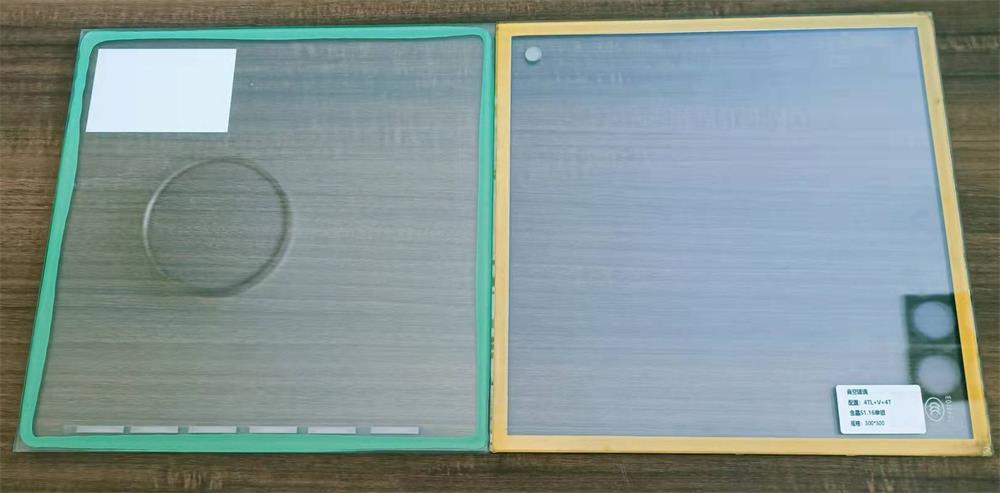
High Temperature Resistant
Fire-retardant glass like this may help protect your home and family from wildfires by resisting the heat and embers that are blown its way. Prior to evacuating during a wildfire, make sure your windows and doors are properly locked.
It’s time to get organized!
Cleaning up tempered glass shards is as easy as sweeping them up with a broom. Additionally, you may use a vacuum attachment to pick up any small glass particles that may have remained after cleaning.

A vacuum glass curtain wall might work in certain scenarios
The use of vacuum glass on curtain walls has a number of challenges that must be overcome. The promise of vacuum glass in the field of glass curtain walls cannot be overstated, yet it must be acknowledged that it is still in its infancy. Choosing the 6.3 tempered vacuum glass is most essential there.
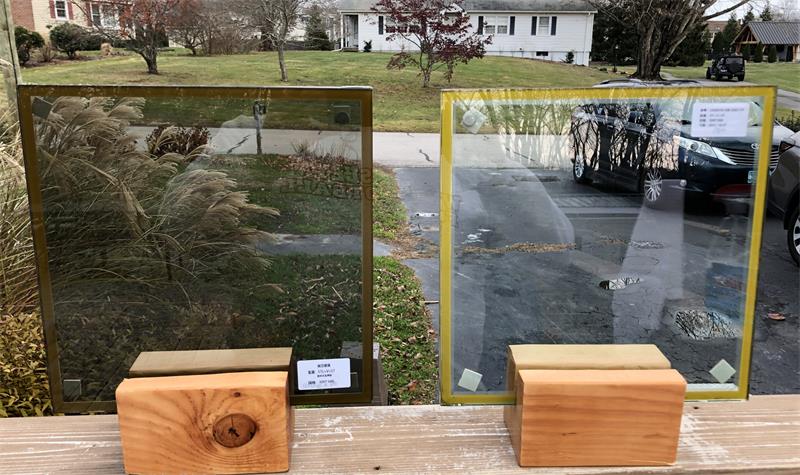
Vacuum glass has surpassed all other glass materials in terms of thermal insulation performance
LOW-E glass with a reduced emissivity will be used in the near future, as will vacuum glass support with a lower thermal conductivity, thanks to technological advancements. The calculations show that utilizing LOW-E glass with an emissivity of 0.05 and decreasing the thermal conductivity of the present support by half on the current basis, we can get a U value of less than 0.5W/m2K for the ordinary vacuum glass. More precisely, the combined U value and thickness of two 0.05% low-emissivity glasses and one white glass composed of double vacuum glass are both less than 0.3W/m2K.


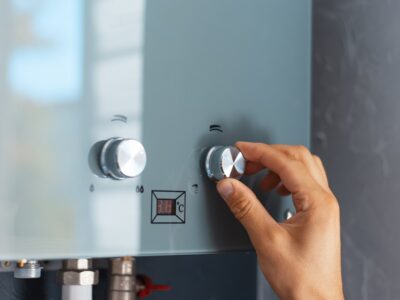
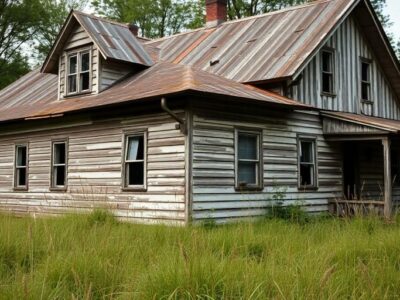
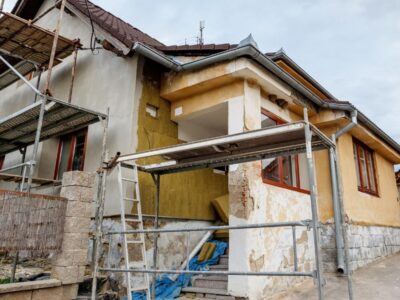
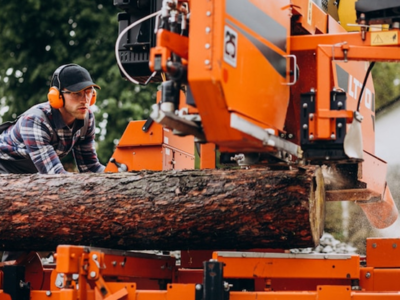
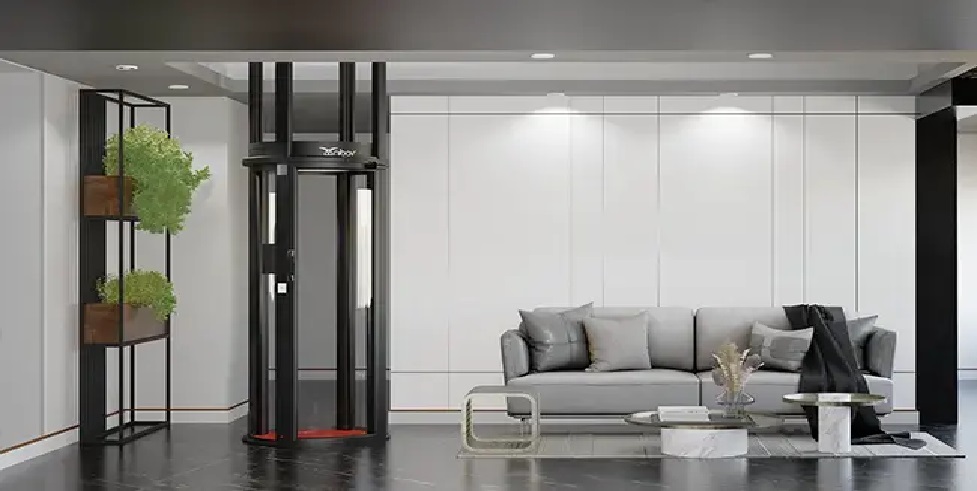
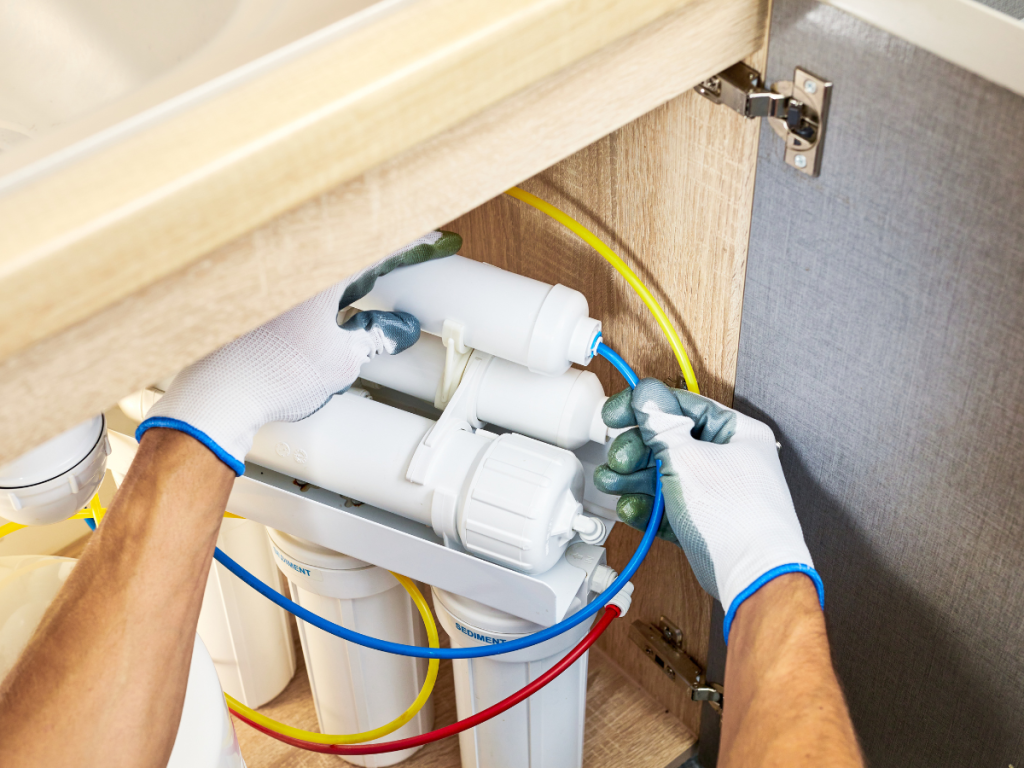
Comments